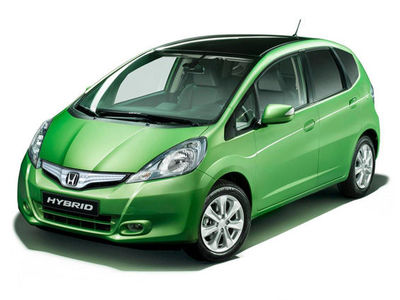Greener Driving

- tags
- driving
- environment
- emissions
- more
Date: 09/11/2010
Contents
If you don't want to change your current car, there are still ways you can drive greener:
Lose Some Weight
Don't drive around with unnecessary weight in your car - the engine will have to work harder and use more fuel. Empty your car of anything that you don't need to carry around all the time. Remove roof boxes and roof racks when you're not using them - they cause extra aerodynamic drag, which will raise your fuel consumption. Open windows and sunroofs do the same; and for the same reason, get any loose items of external trim fixed.
Look After Your Car
Stick to the manufacturer's service schedule, and get work carried out by a competent garage. Under-inflated tyres can increase your fuel consumption, so check them weekly. Also, keep an eye on your fuel consumption and investigate sudden changes.
Switch It Off
Modern engines don't need to be warmed up before you start driving, so get in and drive off straightaway.
If you get stuck in traffic, switch the engine off. Air-conditioning, heated seats and other electric components also consume energy, so switch off whatever you don't need.
Anticipation
By keeping an eye on the road ahead, you can drive greener as well as safer. Always try to keep the car moving, and allow the engine to slow the car rather than using the brakes - this gives more time for the cars in front to move off, so you don't have to stop. Avoid having to brake suddenly and don't race between sets of traffic lights or junctions. Finally, use gravity - rather than the accelerator - to start the car rolling down slopes.
Lower Your Speed
Going no faster that the speed limit will save fuel, so why not try slowing down a bit more? You'll be less stressed and have a calmer journey. Cruise control can help you maintain a steady speed. Use the highest gear possible without letting the engine labour, and try changing straight from second to fourth gear, or third to fifth - this saves time, fuel and wear and tear on the clutch.
Leave the Car at Home
An engine is at its most inefficient when cold, so consider not using the car for very short trips. If it's a nice day, walk or ride a bike instead. Consider using public transport for other trips, too.
Plan Your Journey
If you don't need to travel during rush hour, avoid the congested times. Plan a route that misses busy areas and road works, and try to stick to roads that allow you to drive at a steady speed rather than having to stop and start. Consider car-sharing with friends or colleagues.
Change Your Driving Style
Learn to press the accelerator lightly and smoothly - no more heavy, jerky movements. Don't over-rev the engine, either. Keep the revs under 3000rpm and cruise along.
Give yourself more time for journeys so you don't have to rush, and stay relaxed for a smoother trip.